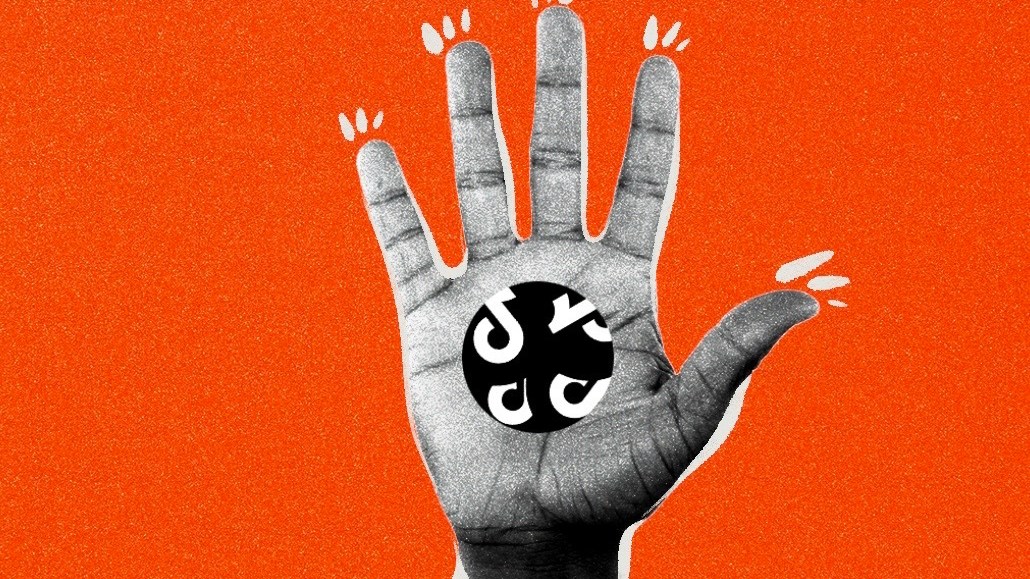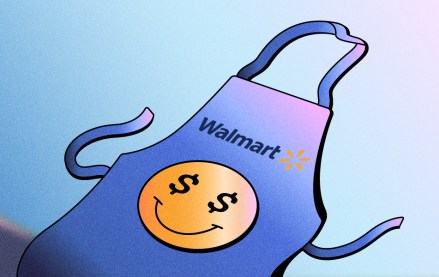Register by Jan 13 to save on passes and connect with marketers from Uber, Bose and more
TikTok might be working on a standalone U.S. app, but marketers aren’t sold on the idea – yet

TikTok is reportedly developing a separate version of its app for the U.S. — a contingency plan as pressure builds for ByteDance to divest. But for marketers, it raises more questions than answers.
“I’d be curious to learn more about how the user data and ad stack and process will evolve, which certainly has the potential to be the bigger disruption (as compared to usage numbers),” said Chris Mele, managing partner at marketing agency Siberia.
To recap: the platform’s staff are currently beavering away on a new version of TikTok currently codenamed “M2”, apparently due to hit app stores Sept. 5. According to The Information, the company expects to discontinue the current app in the U.S. in March 2026, and hand it over to M2 from that point. TikTok didn’t respond to a request for comment by time of publication.
Marketers investing brand dollars on TikTok have pulled back from the brink since January, but they remain watchful. Seven years on from its launch in the U.S., one-third of Americans are users of the app according to Pew. A move to a different app might mean subjecting that community to a hard reset.
So, while this new arrangement might satisfy U.S. President Donald Trump, it could mean the app loses its sizable U.S. user base in translation, jeopardizing the channel’s status as a reliable means of reaching and influencing younger consumers.
“Even small barriers like searching for a new app, re-downloading, or logging in again can traditionally lead to drop-offs, especially among the so-called casual users,” said Jyrki Poutanen, chief creative officer at United Imaginations in an email.
“They are definitely at risk of losing non-power users, especially if there’s another sign-up wall or login wall,” said Sam Piliero, founder and head of growth at e-commerce specialist agency The Moonlighters. “TikTok is pretty heavily embedded into U.S. culture, but it is still not a social sharing platform like Instagram, which ultimately puts less pressure on the user to re-download the app,” he added.
Courtney Shaw, social media solutions at Basis Technologies, suggested that TikTok owner Bytedance might well take a leaf out of Meta’s book to mitigate that risk. When it launched Threads in July 2023, the company used Instagram to drive users toward its new property. ByteDance might well choose to engineer a similar transition, Shaw said. “TikTok is very much ingrained in U.S. culture and I could foresee the current app clearly explaining the benefits of M2 and then linking out viral content in M2 to gather engagement.”
With scant details regarding the secret project, the platform hasn’t yet begun shopping its American satellite to advertisers. “We haven’t heard any such pitches so far — and we work with globally operating companies like Wolt and Heineken, both of which have a strong presence on TikTok,” said Poutanen.
Since the beginning of its years-long tussle with the U.S. government, TikTok’s owner ByteDance has gone to great lengths to state that data gathered about U.S. users stays in the U.S. Transitioning to another app might well soothe marketers that still have questions over the platform’s data security, but the devil will be in the details, according to Shaw.
“Because the app is currently being built by ByteDance (which also apparently will still own a minority stake in M2), foreign influence may still remain,” Shaw cautioned. “While a new app may improve perception, it will come down to the details behind the app’s coding, algorithms, and regulatory cooperation.”
Still, the move to definitively seal off the U.S. will likely give brand legal teams additional reassurance.
“I think the biggest feature that would put concerns to bed is where the data is processed and housed,” added Shamsul Chowdhury, global evp paid social at Jellyfish. “If that sits within U.S. soil owned by a U.S. company, I think that solves 99% of the issues.”
More in Marketing

Inside the brand and agency scramble for first-party data in the AI era
Brands are moving faster to own first-party data as AI and privacy changes alter the digital advertising landscape.

Walmart Connect takes a play out of the Amazon playbook to make agentic AI the next battleground in retail media
The next retail media war is between Walmart Connect’s Sparky and Amazon’s Rufus, driven by agentic AI and first-party data.

What does media spend look like for 2026? It could be worse — and it might be
Forecasts for 2026 media spend range from 6.6% on the lower end to over 10% but the primary beneficiaries will be commerce, social and search.








